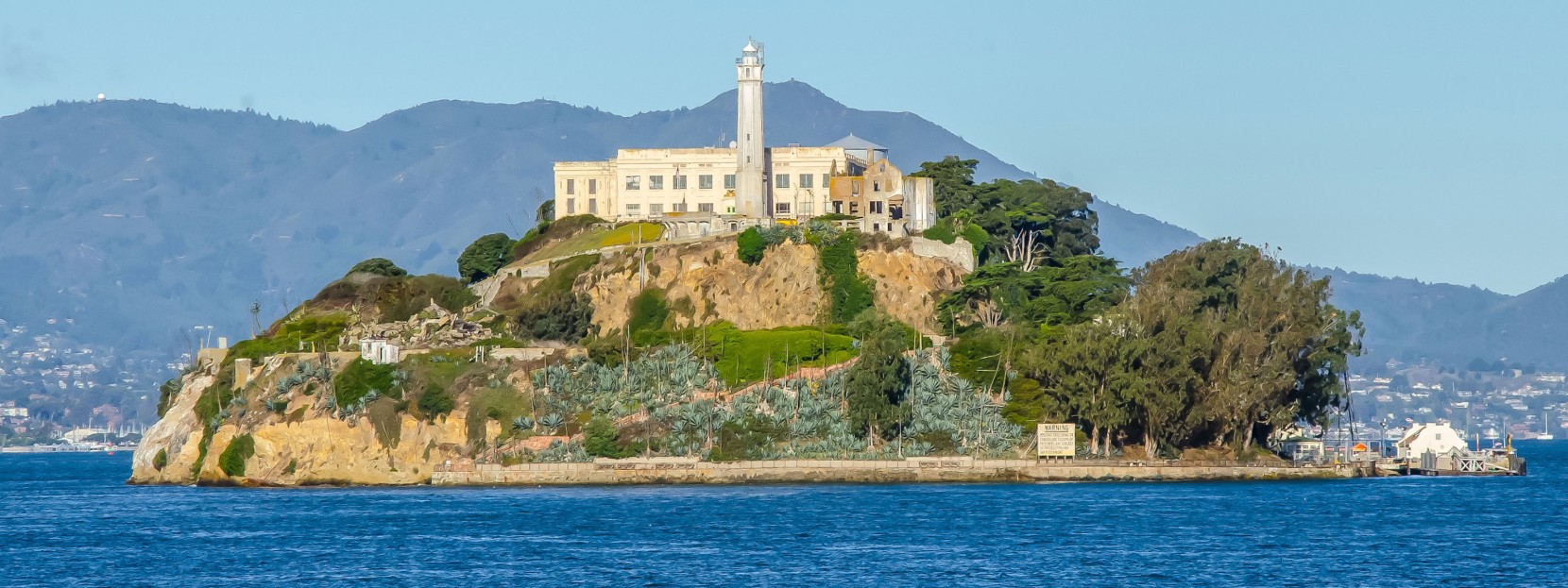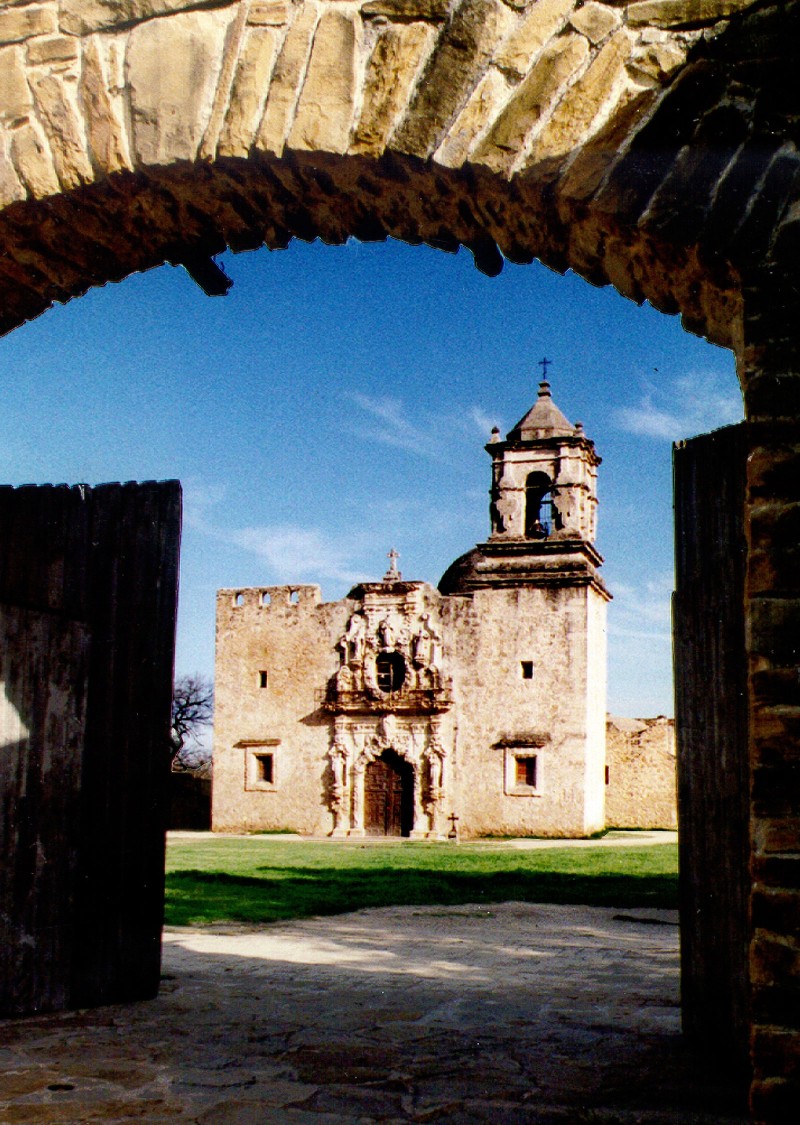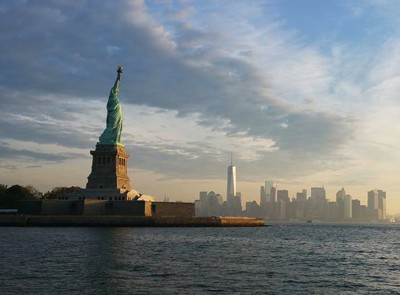8 Amazing National Parks in Cities
You don’t have to hop on a plane or spend days driving to visit a fantastic national park; in fact, in many cities, you’re practically next door to a park site where you can immerse yourself in history, culture and nature. We teamed up with our partners at the National Park Foundation to create this list of eight amazing parks, sites and recreation areas – all within major cities.
4 Min. Read | Home & Backyard
1. Pullman National Monument
CHICAGO, IL
Envisioned as a “utopian company town,” this neighborhood designed by George Pullman features numerous parks and stunning architecture. More than just a company town, Pullman played a major part in U.S. labor history: the Pullman Strike in 1894 saw workers asserting their rights in the face of unfair labor practices, leading to the formation of the first African-American labor union – the Brotherhood of Sleeping Car Porters – and the establishment of a federal Labor Day holiday. Their success and organizing abilities helped pave the way for the 1960s Civil Rights movement.
WHAT TO DO: Today you can see original brick rowhouses along with a few remaining company buildings. Stroll the well-planned streets of this still vibrant community and explore the lasting architecture. Learn about two major events in the labor history movement and the impacts that still play out in today's economy. Stop at the National Park Service Visitor Center and State Historic Site grounds. You can also tour the Historic Pullman Foundation Exhibit Hall or explore the National A. Philip Randolph Pullman Porter Museum located within the monument boundary.
NPS Photo: Pullman National Monument, Chicago, IL
NPS/Gordon Dietzman: Stone Arch Bridge, Mississippi National River and Recreation Area, Minneapolis, MN
2. Mississippi National River and Recreation Area
ST. PAUL, MN
The National Park Service has joined with state and regional parks, national wildlife refuges and state scientific and natural areas to create the sprawling Mississippi National River and Recreation Area, following 72 miles of the Mississippi River above, through and below the Twin Cities.
WHAT TO DO: The main visitor center at the Science Museum of Minnesota is a great place to start your adventure, where interactive exhibits will delight visitors of all ages. The numerous entry points to the park’s 54,000 acres offer everything from biking and hiking alongside the water to fishing and boating right in North America’s second-longest river.
NPF Photo: USS Constitution, Boston National Historical Park, Boston, MA
3. Boston National Historical Park
BOSTON, MA
Right in the heart of downtown Boston, the National Park Service has preserved a wealth of historic buildings and monuments that played major roles in the American Revolution. Sites like Bunker Hill, the USS Constitution, the Old North Church, Faneuil Hall and many more allow you to step back in time to the days when our nation was born.
WHAT TO DO: Most of this park can be explored by walking Boston’s 2.5-mile Freedom Trail, winding through downtown, the North End and Charlestown. If you need a guide, check the calendar for an interpretive tour, where an expert will be able to provide in-depth information and answer your historical questions.
NPS Photo: City Gate, Castillo de San Marcos National Monument, St. Augustine, FL
4. Castillo de San Marcos National Monument, St. Augustine, FL
Downtown St. Augustine, less than an hour from Jacksonville, began as one of only three walled cities constructed in North America – fortifications now preserved as the Castillo de San Marcos National Monument. Built by the Spanish in the late 17th century to defend trade routes, the stone fort now stands as a monument to centuries of fascinating history.
WHAT TO DO: After viewing a video about the site’s history in the Theater Room, enjoy a self-guided tour through the fort’s casements, where you can experience various exhibits and presentations from reenactors; or, relax in the Florida sunshine as you stroll across the fort’s courtyard and gundeck, gazing out over the Matanzas River and the Atlantic Ocean.
5. San Antonio Missions National Historical Park
The National Park Service preserves four Spanish missions along the San Antonio River – Concepción, San José, San Juan, and Espada – in order to tell the stories of the people who lived on this land, and explore the lasting impact that the Spanish Colonial period had on San Antonio culture. Due to its historical importance, the park is also a UNESCO World Heritage Site – the only such site in Texas.
WHAT TO DO: Traveling the paved 15-mile Mission Hike & Bike Trail (beginning at Mission Concepción) will take you to all four missions, and through old neighborhoods and farmlands where you may see local flora like Prickly Pear Cacti and fauna like snakes and turtles. Ranger-led mission tours are offered at Mission San José every day.
NPS Photo: Mission San José Church through West Gate
NPF Photo: Fort Vancouver National Historic Site, Vancouver, WA
8. Fort Vancouver National Historic Site
VANCOUVER, WA
Together, four sites near the Washington-Oregon border – Fort Vancouver, Vancouver Barracks, Pearson Air Museum and McLoughlin House – showcase almost 200 years of Pacific Northwest history. From the stories of hardy fur traders to daredevil pilots, the Fort Vancouver National Historic Site captures and preserves the adventurous spirit of this special, beautiful corner of the country.
WHAT TO DO: First, stop by the visitor center on East Evergreen Boulevard in Vancouver – it brings information from all four sites together with a short film, hands-on exhibits and more. Then, a time-traveling bike ride or walk on the Spruce Mill Trail will take you to both the 19th century Fort Vancouver and the 20th century Pearson Air Museum.
Related Stories















